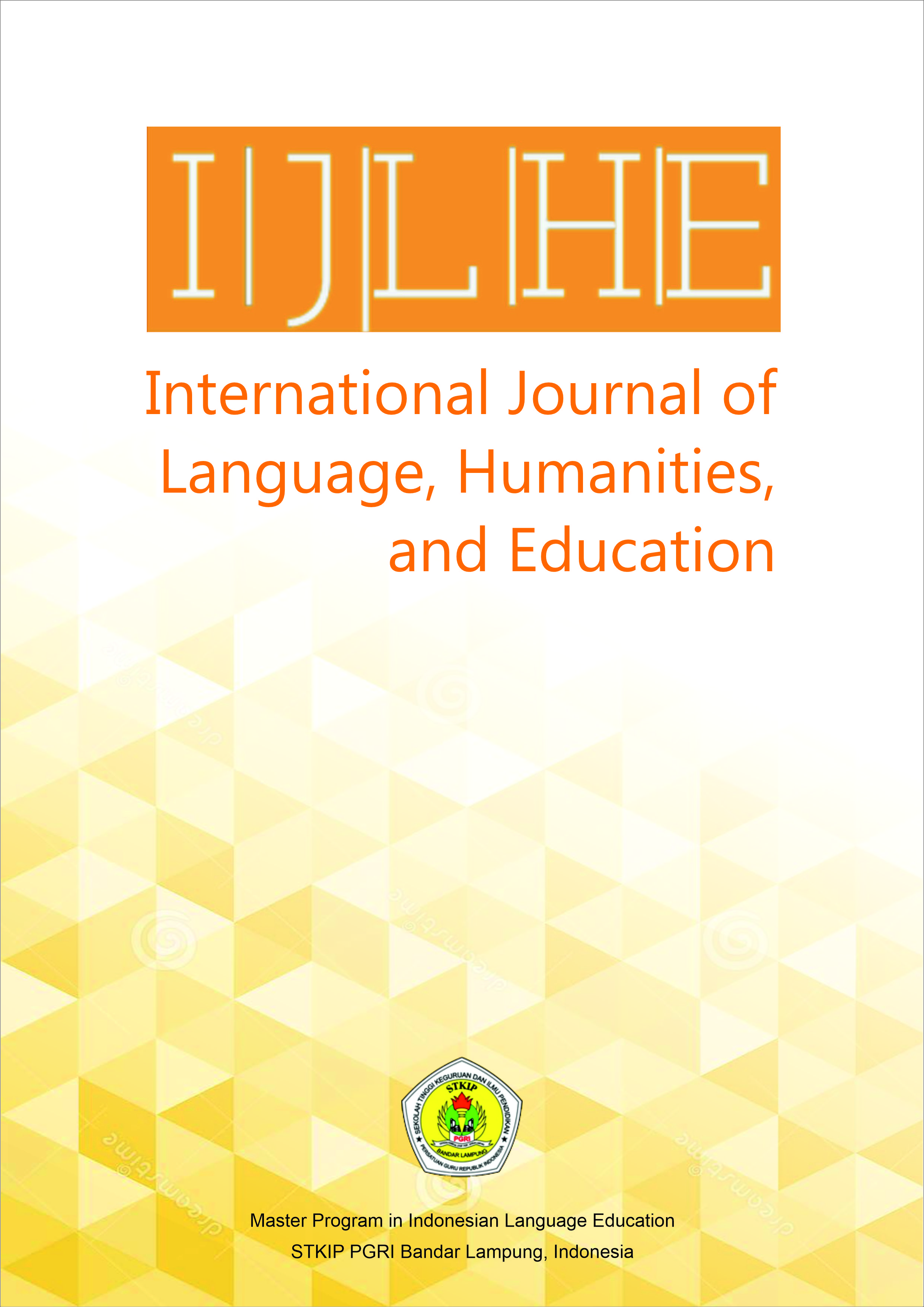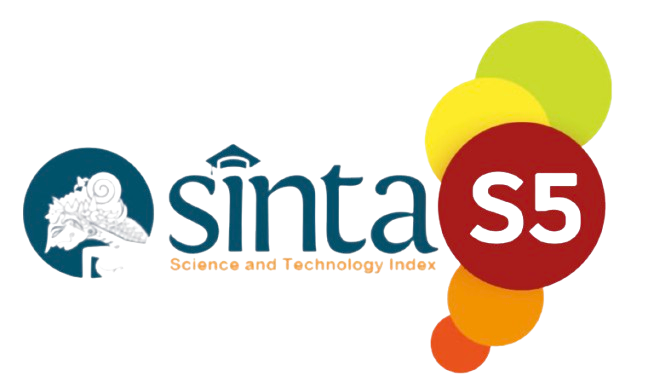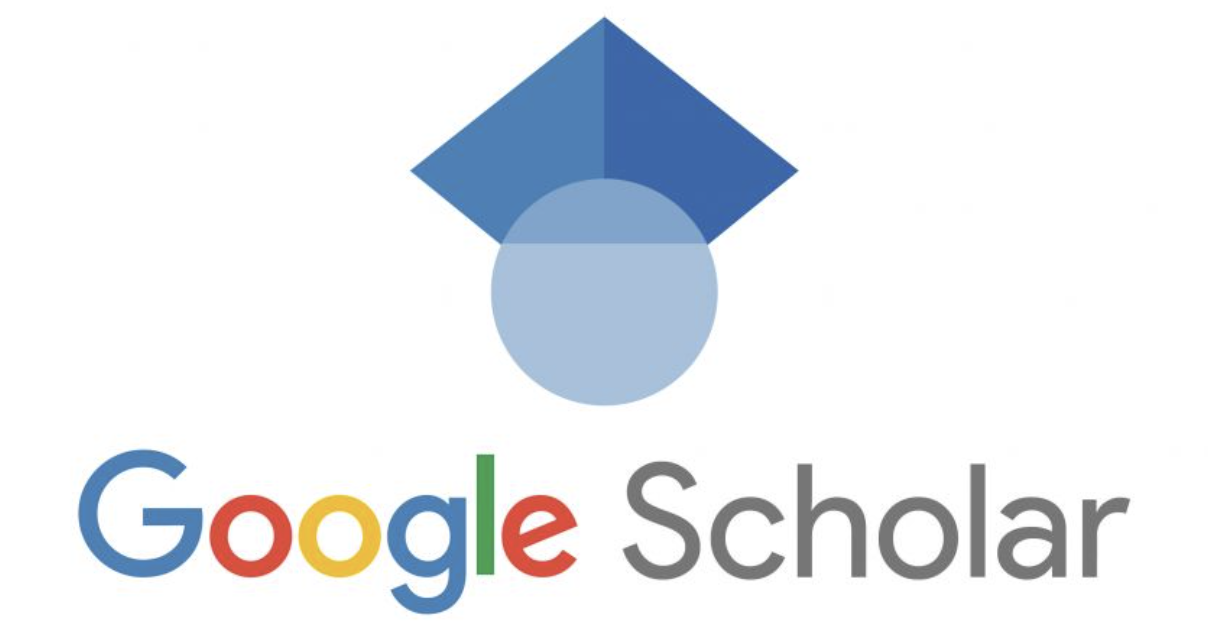Integrating Assessment Tools and Practices in EFL Classrooms: A Multidimensional Approach Aligned with CEFR Standards
DOI:
https://doi.org/10.52217/ijlhe.v8i1.1823Keywords:
assessment CEFR, Formative process, Summative judgment, Teaching EnglishAbstract
This study critically examines the evolving role of assessment and evaluation in Teaching English as a Foreign Language (EFL), emphasizing a paradigm shift from summative judgment to a continuous, formative process integral to instruction. Through qualitative content analysis of theoretical literature and practical frameworks, the research synthesizes multidimensional assessment practices that align with the Common European Framework of Reference for Languages (CEFR). It explores diverse assessment tools—including written exams, oral tests, multiple-choice questions, performance tasks, checklists, and analytic rubrics—and evaluates their efficacy in measuring integrated language skills (listening, speaking, reading, writing). Findings reveal that imbalances in skill development often stem from isolated assessment methods, leading to communicative inadequacies (e.g., comprehension without production). The study advocates for contextually authentic, CEFR-aligned strategies that bridge receptive and productive competencies, such as combining reading with written responses or listening with oral tasks. Additionally, it underscores the distinction between assessment (systematic observation) and evaluation (criterion-referenced judgment), highlighting the need for balanced tool selection to enhance reliability and reduce anxiety. Practical implications include leveraging checklists for skill-specific benchmarks, analytic rubrics for performance clarity, and iterative feedback for writing development. The research concludes that holistic, integrated assessment designs are essential for fostering balanced language proficiency and achieving meaningful educational outcomes in global EFL contexts.
References
Acar, A. S. (2023). Genre pedagogy: A writing pedagogy to help L2 writing instructors enact their classroom writing assessment literacy and feedback literacy. Assessing Writing, 56, 100717. https://doi.org/10.1016/j.asw.2023.100717
Al-Nouh, N. A., Abdul-Kareem, M. M., & Taqi, H. A. (2015). EFL College Students’ Perceptions of the Difficulties in Oral Presentation as a Form of Assessment. International Journal of Higher Education, 4(1). https://doi.org/10.5430/ijhe.v4n1p136
Anggeraini, Y., Nurhasanah, & Madenta, T. (2020). EFL Learners` Reading Habit and Their Reading Comprehension Enhancement through Partner Reading. Getsempena English Education Journal , 7(2), 294–306. https://doi.org/10.46244/GEEJ.V7I2.985
Brenner, J. M., Fulton, T. B., Kruidering, M., Bird, J. B., Willey, J., Qua, K., & Olvet, D. M. (2024). What have we learned about constructed response short-answer questions from students and faculty? A multi-institutional study. Medical Teacher, 46(3), 349–358. https://doi.org/10.1080/0142159X.2023.2249209
Brown, D. (2007). Teaching by Principles: An Interactive Approach to Language Pedagogy. Pearson Education.
Brown, D. H. (2004). Language Assessment - Principles and Classroom Practice. San Fransisco State University. https://www.academia.edu/26575645/H_Douglas_Brown_Language_Assessment_Principles_and_Classroom_Practice
Cheng, X., & Zhang, L. J. (2021). Teacher written feedback on English as a foreign language learners’ writing: Examining native and nonnative English-speaking teachers’ practices in feedback provision. Frontiers in Psychology, 12. https://doi.org/10.3389/fpsyg.2021.629921
Cheung, B. H. H., Lau, G. K. K., Wong, G. T. C., Lee, E. Y. P., Kulkarni, D., Seow, C. S., Wong, R., & Co, M. T.-H. (2023). ChatGPT versus human in generating medical graduate exam multiple choice questions—A multinational prospective study (Hong Kong S.A.R., Singapore, Ireland, and the United Kingdom). PLOS ONE, 18(8), e0290691. https://doi.org/10.1371/journal.pone.0290691
Chulerk, P., Duangchinda Sathianpan, S., & Khlaisan, J. (2025). Mobile Assisted Language Learning as a Formative Assessment Method to Enhance the English Competence of EFL Learners to the CEFR B1 Level. REFLections, 32(1), 462–486. https://doi.org/10.61508/refl.v32i1.280328
Coşgun, G., & Hasırcı, B. (2017). The impact of English medium instruction (EMI) on students’ language abilities. International Journal of Curriculum and Instruction. https://eresearch.ozyegin.edu.tr/handle/10679/5727
Coşkun, Ö., Kıyak, Y. S., & Budakoğlu, I. İ. (2025). ChatGPT to generate clinical vignettes for teaching and multiple-choice questions for assessment: A randomized controlled experiment. Medical Teacher, 47(2), 268–274. https://doi.org/10.1080/0142159X.2024.2327477
Davis, M. H., & Karunathilake, I. (2005). The place of the oral examination in today’s assessment systems. Medical Teacher, 27(4), 294–297. https://doi.org/10.1080/01421590500126437
El Shazly, R. (2021). Effects of artificial intelligence on English speaking anxiety and speaking performance: A case study. Expert Systems, 38(3), e12667. https://doi.org/10.1111/EXSY.12667
Harsch, C., & Seyferth, S. (2020). Marrying achievement with proficiency – Developing and validating a local CEFR-based writing checklist. Assessing Writing, 43, 100433. https://doi.org/10.1016/j.asw.2019.100433
Hastomo, T., Mandasari, B., & Widiati, U. (2024). Scrutinizing Indonesian pre-service teachers’ technological knowledge in utilizing AI-powered tools. Journal of Education and Learning (EduLearn), 18(4), 1572–1581. https://doi.org/10.11591/edulearn.v18i4.21644
Hu, P., Gong, Y., Lu, Y., & Ding, A. W. (2023). Speaking vs. listening? Balance conversation attributes of voice assistants for better voice marketing. International Journal of Research in Marketing, 40(1), 109–127. https://doi.org/10.1016/j.ijresmar.2022.04.006
Hyland, K. (2003). Second language writing. Cambridge University Press.
Imbler, A. C., Clark, S. K., Young, T. A., & Feinauer, E. (2023). Teaching second-grade students to write science expository text: Does a holistic or analytic rubric provide more meaningful results? Assessing Writing, 55, 100676. https://doi.org/10.1016/j.asw.2022.100676
Istiara, F., Hastomo, T., & Indriyanta, W. A. (2023). A study of students’ engagement and students’ speaking skill: A correlational research. TEKNOSASTIK, 21(1), 1–7. https://doi.org/10.33365/TS.V21I1.2198
Jiang, Jong, M. S., Lau, W. W., Chai, C. S., & Wu, N. (2021). Using automatic speech recognition technology to enhance EFL learners’ oral language complexity in a flipped classroom. Australasian Journal of Educational Technology, 37(2), 110–131.
Juele, L. (2018). Authentic assessments: A critical thinking and engagement tool for online courses. In T. Bastiaens, M. Van Braak, & L. Brown (Eds.), Proceedings of EdMedia: World Conference on Educational Media and Technology (pp. 1967–1981). Association for the Advancement of Computing in Education (AACE). https://www.learntechlib.org/primary/p/184435/
Kim, S. (2021). Generalizability of CEFR Criterial Grammatical Features in a Korean EFL Corpus across A1, A2, B1, and B2 Levels. Language Assessment Quarterly, 18(3), 273–295. https://doi.org/10.1080/15434303.2020.1855647
Krolak-Schwerdt, S., Glock, S., & Böhmer, M. (2014). Teacher’s professional development assessment, training, and Learning. Springer Science & Business Media.
Kunschak, C. (2020). CEFR, CLIL, LOA, and TBLT – Synergising Goals, Methods and Assessment to Optimise Active Student Learning. In Assessment and Learning in Content and Language Integrated Learning (CLIL) Classrooms (pp. 85–108). Springer International Publishing. https://doi.org/10.1007/978-3-030-54128-6_4
Kusuma, I. P. I. (2022). EFL preservice teachers’ technology integration in managing and teaching speaking skills during emergency remote teaching. Profile: Issues in Teachers’ Professional Development, 149–165. https://doi.org/https://doi.org/10.15446/profile.v24n2.97497
Levi, T., & Inbar-Lourie, O. (2020). Assessment literacy or language assessment literacy: Learning from the teachers. Language Assessment Quarterly, 17(2), 168–182. https://doi.org/10.1080/15434303.2019.1692347
Ma, M., Wang, C., & Teng, M. F. (2021). Using learning-oriented online assessment to foster students’ feedback literacy in L2 writing during COVID-19 pandemic: A case of misalignment between micro- and macro- contexts. The Asia-Pacific Education Researcher, 30(6), 597–609. https://doi.org/10.1007/s40299-021-00600-x
Mandasari, B., Basthomi, Y., Hastomo, T., Afrianto, Hamzah, I., & Aminatun, D. (2025). The Snapshots of Indonesian Pre-Service English Teachers’ Perspectives on Integrating Technology-Based Tools to Rural Schools. Voices of English Language Education Society, 9(1), 42–57. https://doi.org/10.29408/veles.v9i1.27965
Morris, R., Perry, T., & Wardle, L. (2021). Formative assessment and feedback for learning in higher education: A systematic review. Review of Education, 9(3). https://doi.org/10.1002/rev3.3292
Nagai, N., Birch, G. C., Bower, J. V., & Schmidt, M. G. (2020). Integrating Learning, Teaching, and Assessment (pp. 197–240). https://doi.org/10.1007/978-981-15-5894-8_5
Namaziandost, E., Razmi, M. H., Ahmad Tilwani, S., & Pourhosein Gilakjani, A. (2022). The impact of authentic materials on reading comprehension, motivation, and anxiety among Iranian male EFL learners. Reading & Writing Quarterly, 38(1), 1–18. https://doi.org/10.1080/10573569.2021.1892001
Nation, I. S. P. (2006). How large a vocabulary is needed for reading and listening? . Canadian Modern Language Review, 63(1), 59–82.
Nguyen, N. T., Baker, A., Eady, M., & Wright, J. (2023). Vietnamese EFL Novice Teachers’ Pedagogical Decisions within a Mandated Communicative Language Curriculum. The Journal of AsiaTEFL, 20(2), 338–356. https://doi.org/10.18823/asiatefl.2023.20.2.7.338
Nguyentan, D.-C., Gruenberg, K., & Shin, J. (2022). Should multiple-choice questions get the SAQ? Development of a short-answer question writing rubric. Currents in Pharmacy Teaching and Learning, 14(5), 591–596. https://doi.org/10.1016/j.cptl.2022.04.004
Oakhill, J., Cain, K., & Elbro, C. (2014). Understanding and teaching reading comprehension: A handbook. Understanding and Teaching Reading Comprehension: A Handbook, 1–129. https://doi.org/10.4324/9781315756042/UNDERSTANDING-TEACHING-READING-COMPREHENSION-JANE-OAKHILL-KATE-CAIN-CARSTEN-ELBRO
O’Dwyer, F., & de Boer, M. (2015). Approaches to assessment in CLIL classrooms: Two case studies. Language Learning in Higher Education, 5(2), 397–421. https://doi.org/10.1515/cercles-2015-0019
Oktarin, I. B., Saputri, M. E. E., Magdalena, B., Hastomo, T., & Maximilian, A. (2024). Leveraging ChatGPT to enhance students’ writing skills, engagement, and feedback literacy. Edelweiss Applied Science and Technology, 8(4), 2306–2319. https://doi.org/10.55214/25768484.v8i4.1600
Partiwi, S. (2022). The Use of Podcasts for Listening Comprehension. Journal of English Language and Education, 7(2), 77–83. https://doi.org/10.31004/jele.v7i2.274
Patton, M. Q. (2002). Qualitative research and evaluation methods (3rd ed.). Sage Publications.
Perfetti, C. A., Landi, N., & Oakhill, J. (2008). The Acquisition of Reading Comprehension Skill. The Science of Reading: A Handbook, 227–247. https://doi.org/10.1002/9780470757642.CH13
Rock, K. (2022). Constructing a data-based analytic rubric for an academic blog post. Assessing Writing, 51, 100602. https://doi.org/10.1016/j.asw.2021.100602
Şendağ, S., Gedik, N., & Toker, S. (2018). Impact of repetitive listening, listening-aid and podcast length on EFL podcast listening. Computers & Education, 125, 273–283. https://doi.org/10.1016/J.COMPEDU.2018.06.019
Slamet, J., & Mukminatien, N. (2024). Developing an Online Formative Assessment Instrument for Listening Skill through LMS. LEARN Journal, 17(1), 188–211.
Smolansky, A., Cram, A., Raduescu, C., Zeivots, S., Huber, E., & Kizilcec, R. F. (2023). Educator and Student Perspectives on the Impact of Generative AI on Assessments in Higher Education. Proceedings of the Tenth ACM Conference on Learning @ Scale, 378–382. https://doi.org/10.1145/3573051.3596191
Song, C., & Song, Y. (2023). Enhancing academic writing skills and motivation: Assessing the efficacy of ChatGPT in AI-assisted language learning for EFL students. Frontiers in Psychology, 14, 1260843. https://doi.org/10.3389/fpsyg.2023.1260843
Trautmann, S. T., Vollmann, M., & Becker, C. (2024). Performance prediction and performance-based task allocation. Journal of Economic Behavior & Organization, 220, 354–368. https://doi.org/10.1016/j.jebo.2024.02.027
Uchida, S., & Negishi, M. (2025). Assigning CEFR-J levels to English learners’ writing: An approach using lexical metrics and generative AI. Research Methods in Applied Linguistics, 4(2), 100199. https://doi.org/10.1016/j.rmal.2025.100199
Walvoord, B. E., Stevens, D. D., & Levi, A. J. (2023). Introduction to Rubrics. Routledge. https://doi.org/10.4324/9781003445432
Wulyani, A. N., Widiati, U., Muniroh, S., Rachmadhany, C. D., Nurlaila, N., Hanifiyah, L., & Sharif, T. I. S. T. (2024). Patterns of utilizing AI–assisted tools among EFL students: Need surveys for assessment model development. LLT Journal: A Journal on Language and Language Teaching, 27(1), 157–173. https://doi.org/10.24071/llt.v27i1.7966
Yu, S., Di Zhang, E., & Liu, C. (2022). Assessing L2 student writing feedback literacy: A scale development and validation study. Assessing Writing, 53(7), 100643. https://doi.org/10.1016/j.asw.2022.100643
Yüce, E., & Mirici, İ. H. (2023). Self-assessment in EFL classes of secondary education in Türkiye: The Common European Framework of Reference for Languages (CEFR)-based implementations. Pegem Journal of Education and Instruction, 13(1), 349–359. https://doi.org/10.47750/pegegog.13.01.38
Yulia, A., Husin, N. A., Anuar, F. I., & Alam, S. (2019). Channeling assessments in English language learning via interactive online platforms. Studies in English Language and Education, 6(2), 228–238. https://doi.org/10.24815/SIELE.V6I2.14103
Zhao, H., & Zhao, B. (2023). Co-constructing the assessment criteria for EFL writing by instructors and students: A participative approach to constructively aligning the CEFR, curricula, teaching and learning. Language Teaching Research, 27(3), 765–793. https://doi.org/10.1177/1362168820948458
Zulianti, H., Hastuti, H., Nurchurifiani, E., Hastomo, T., Maximilian, A., & Ajeng, G. D. (2024). Enhancing Novice EFL Teachers’ Competency in AI-Powered Tools Through a TPACK-Based Professional Development Program. World Journal of English Language, 15(3), 117. https://doi.org/10.5430/wjel.v15n3p117














